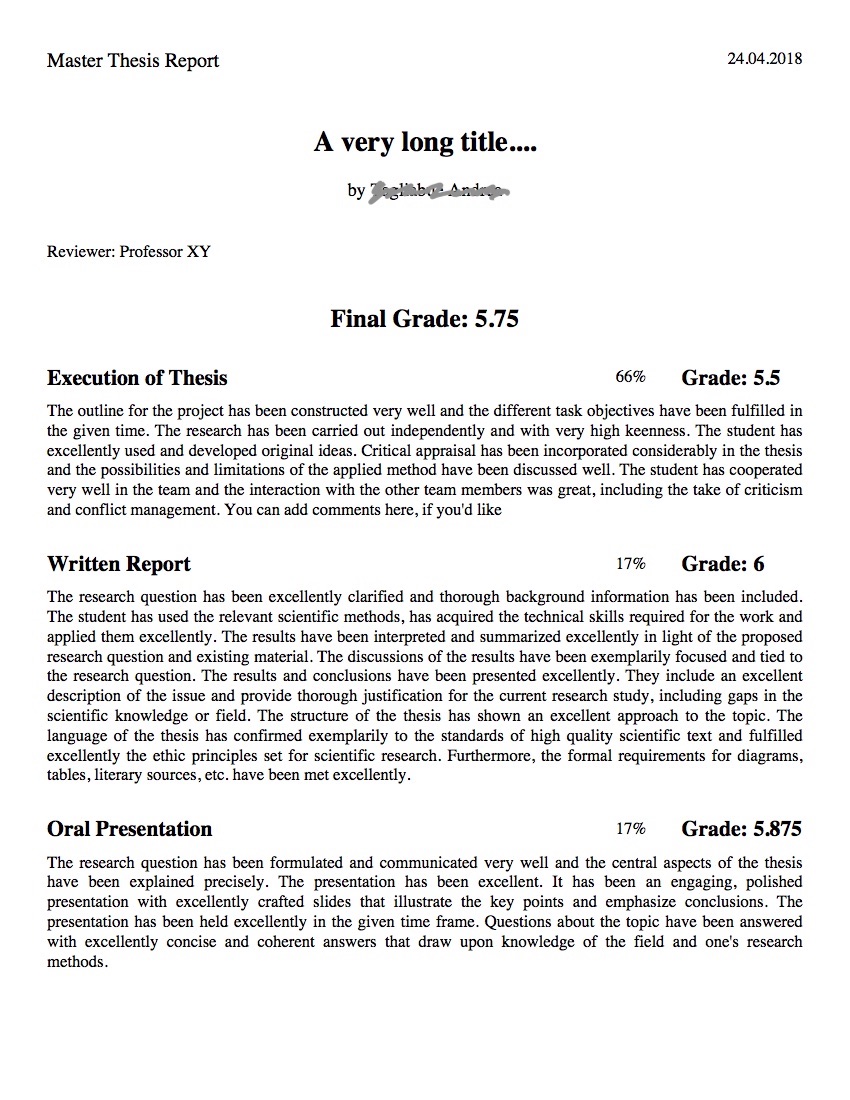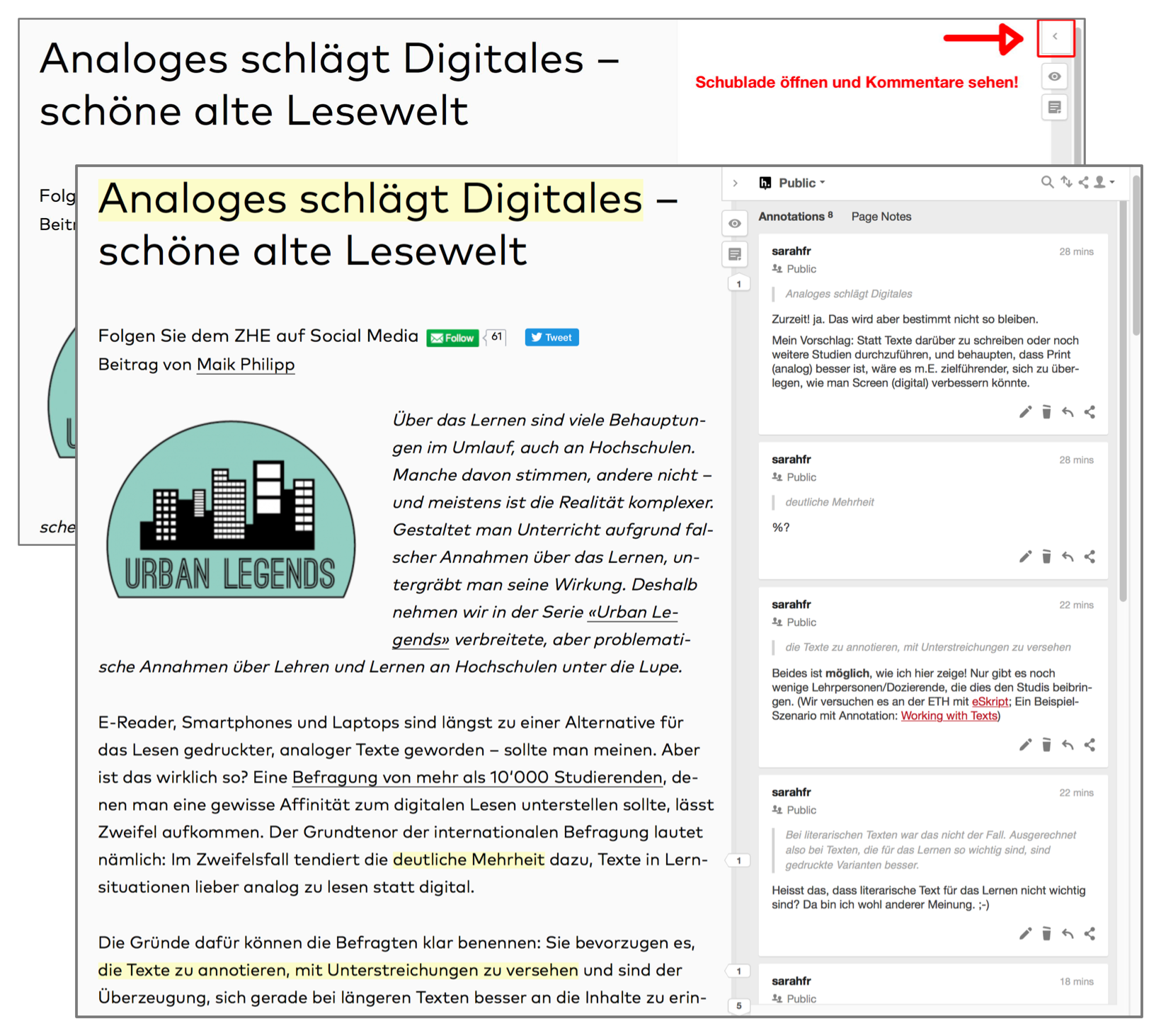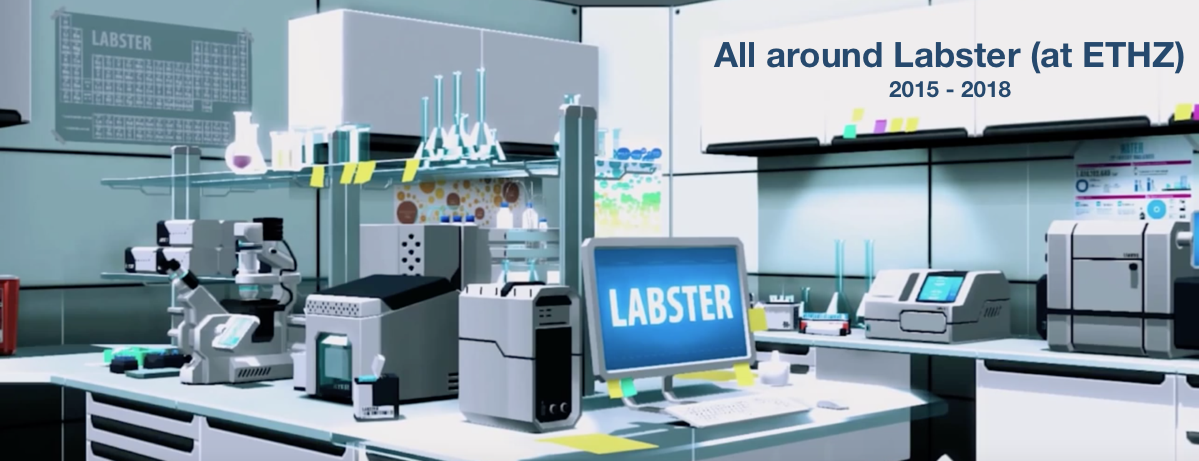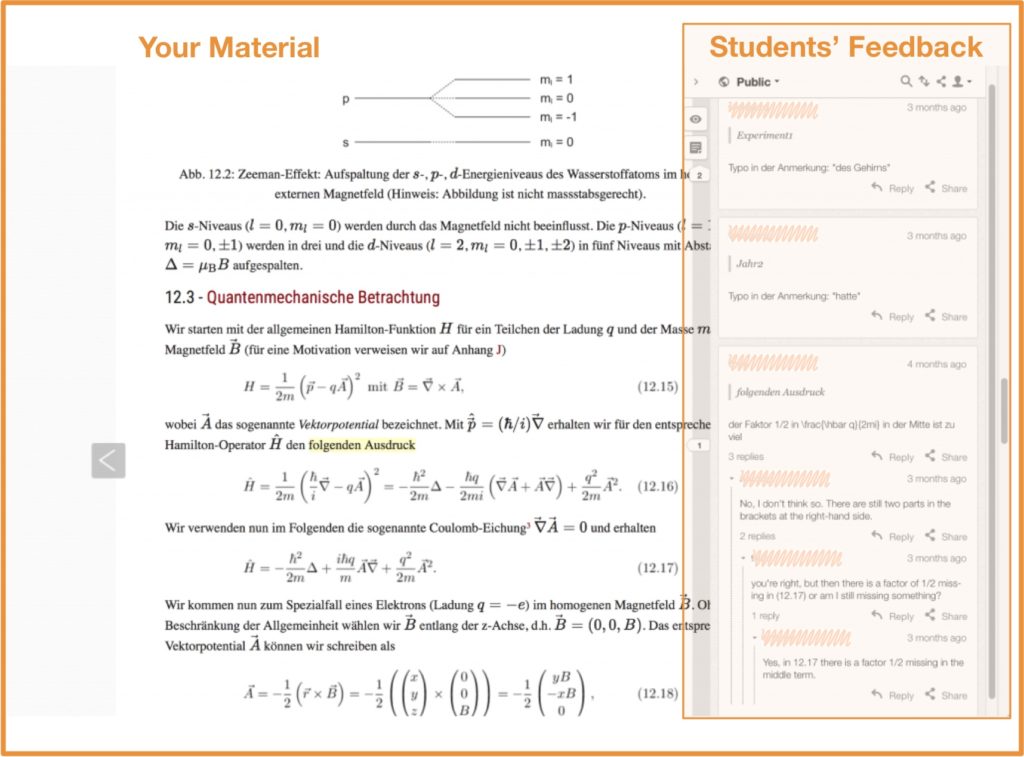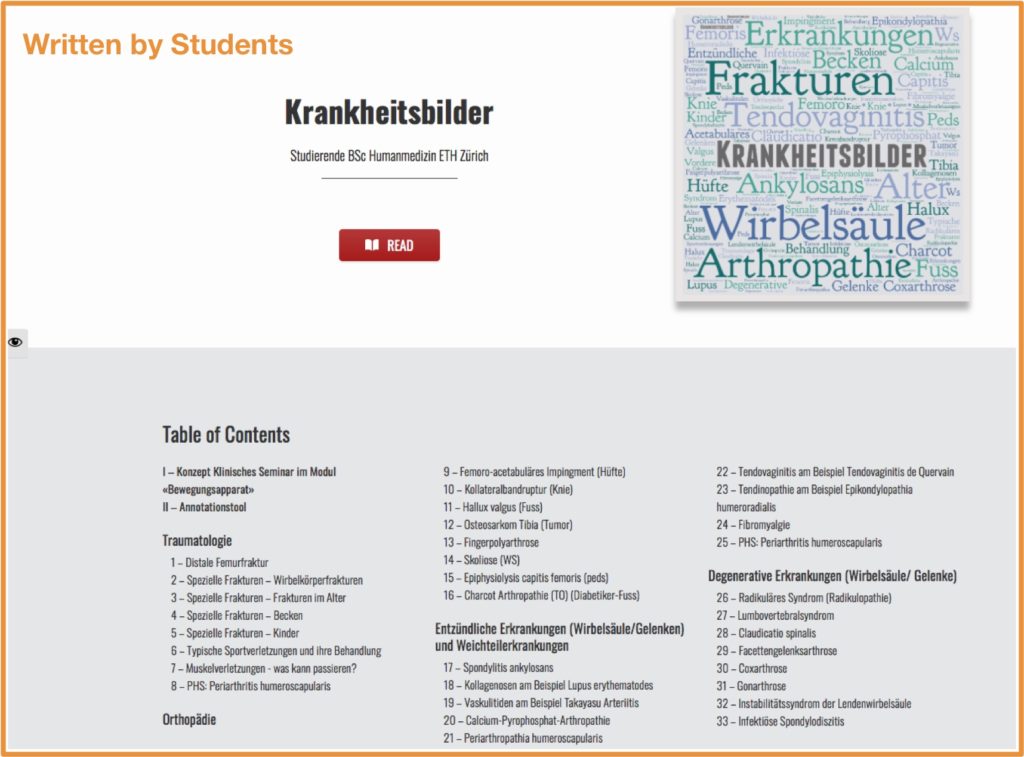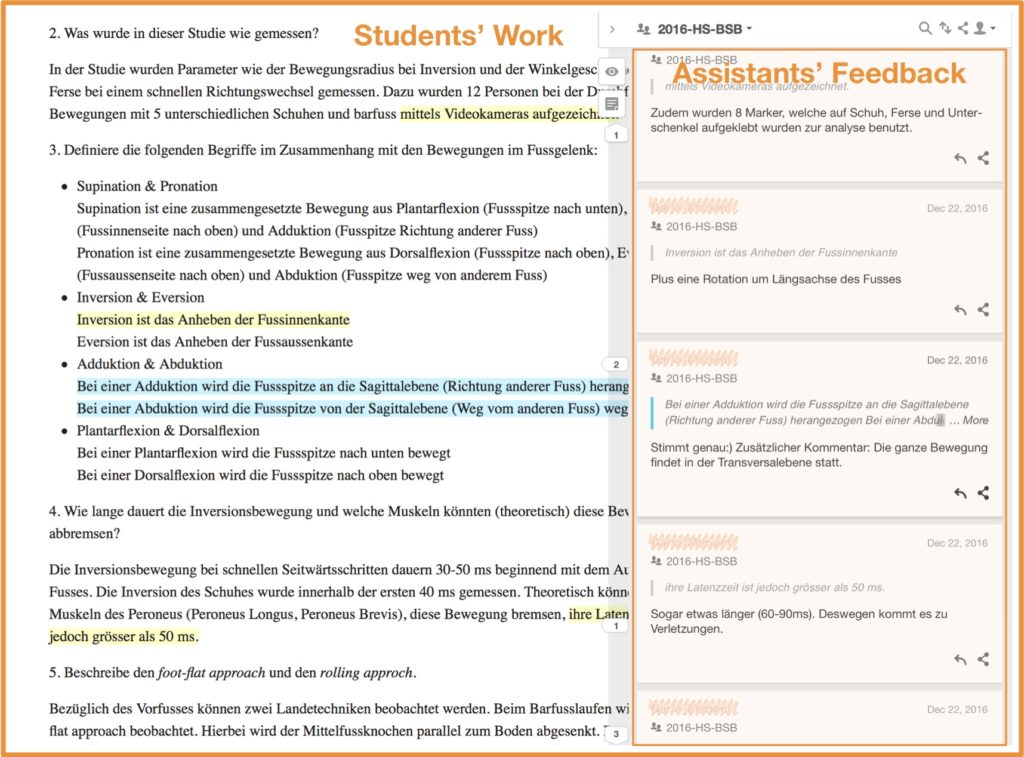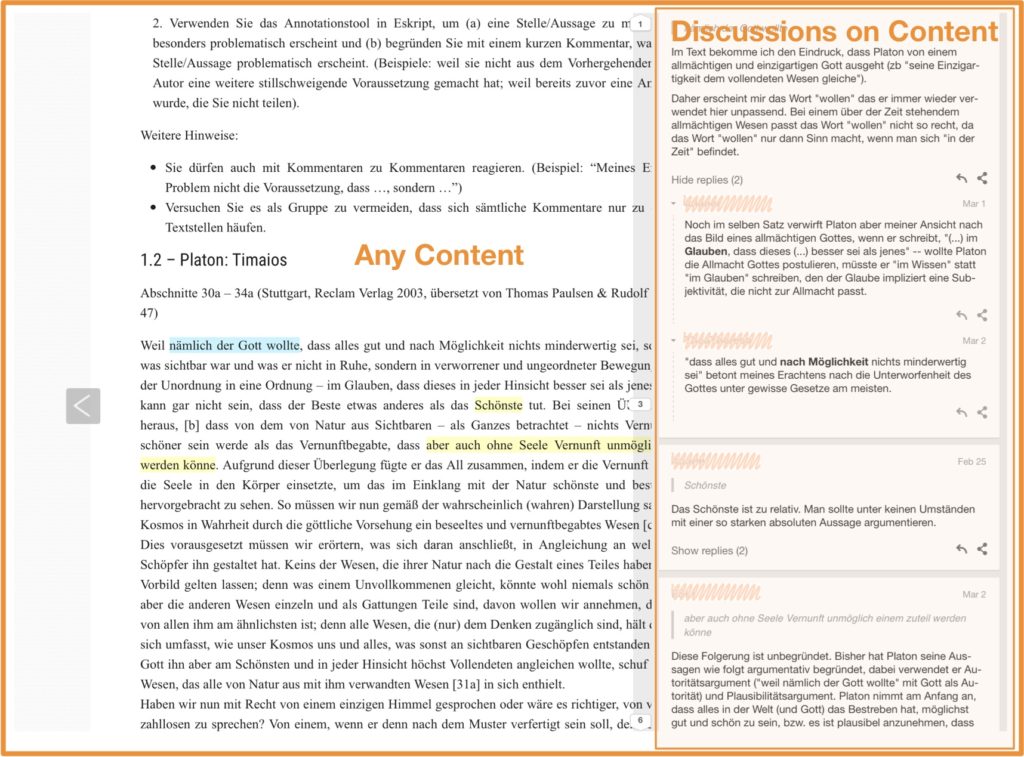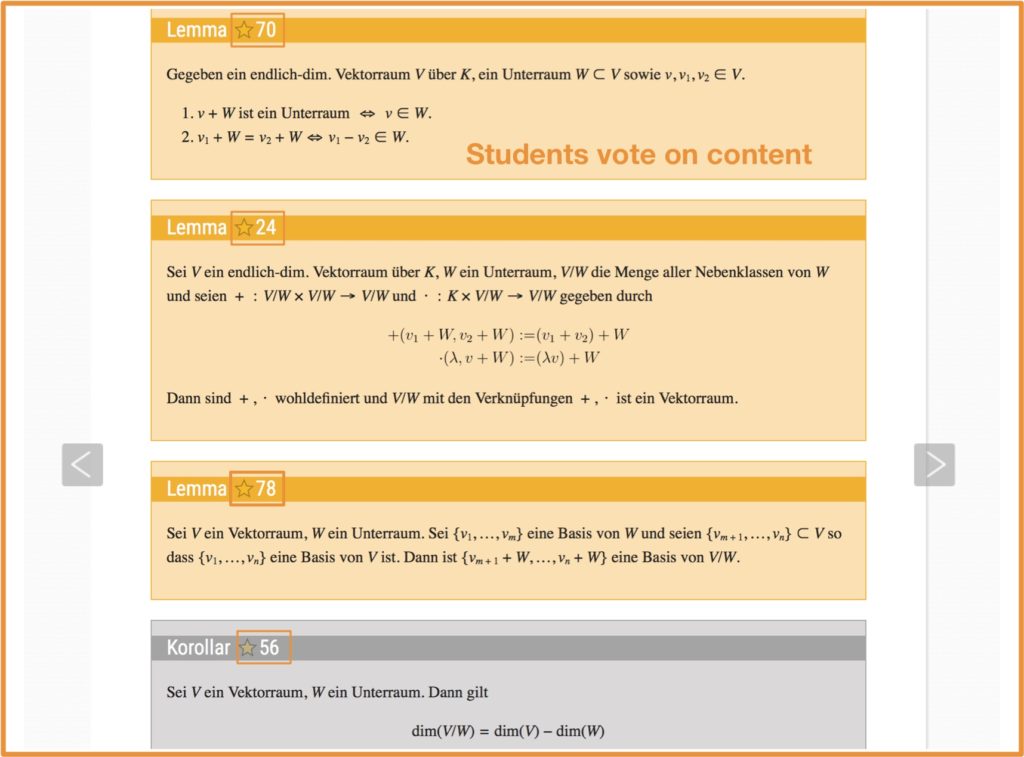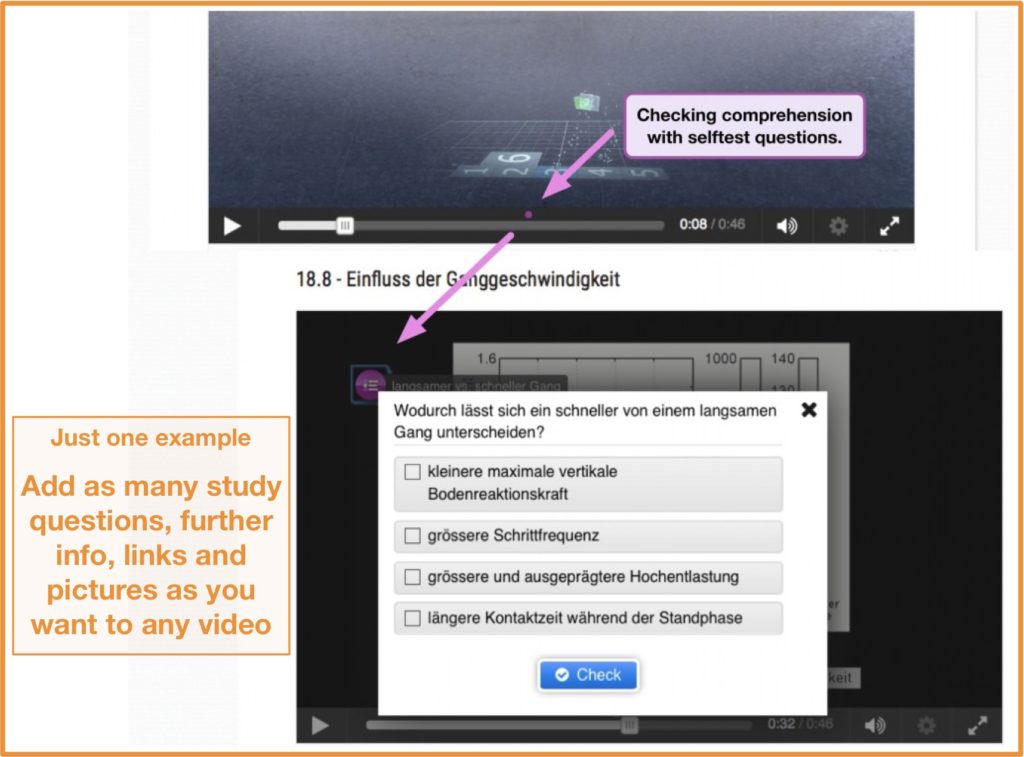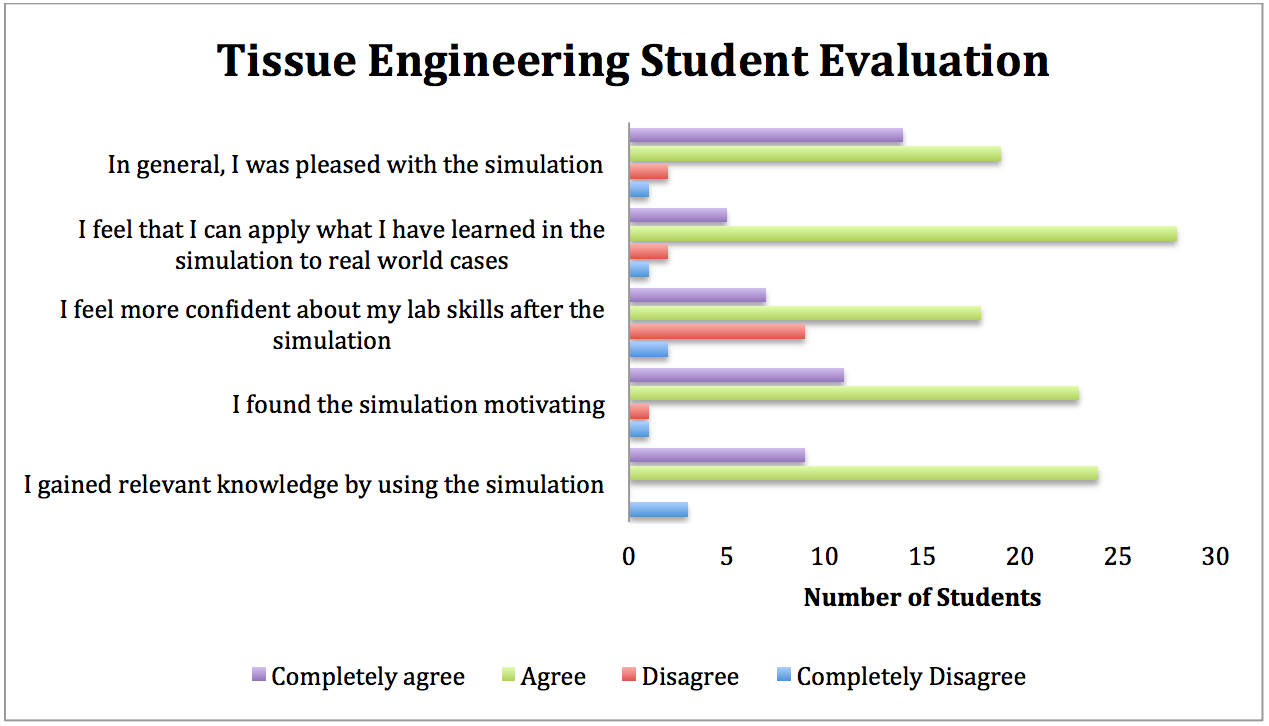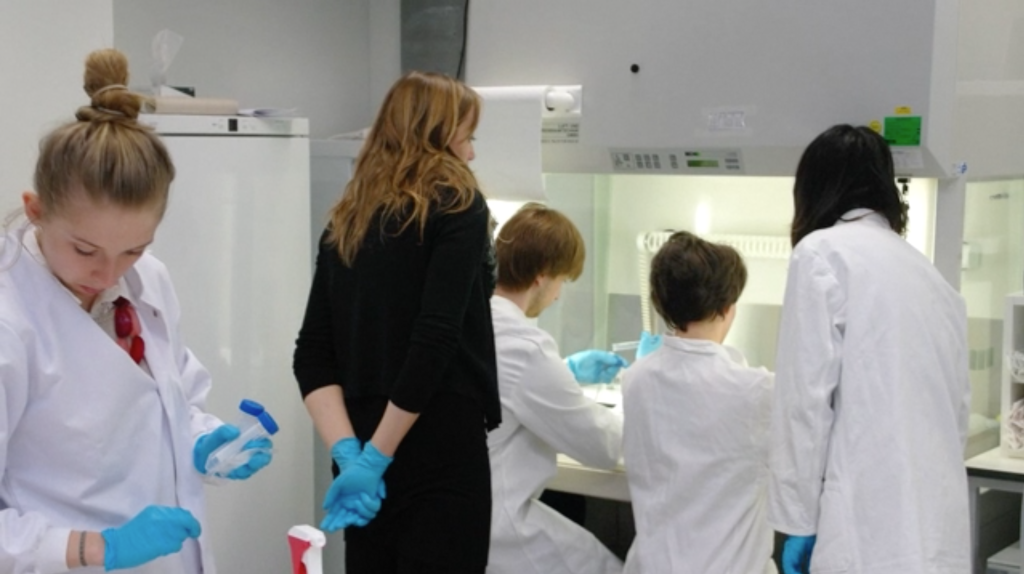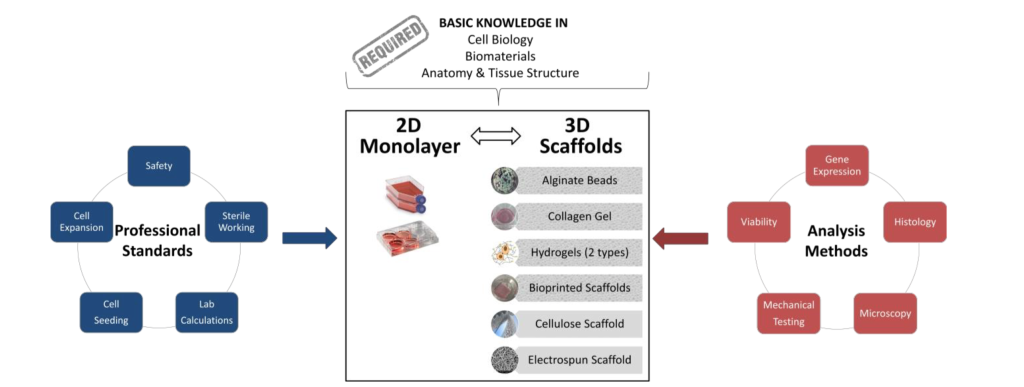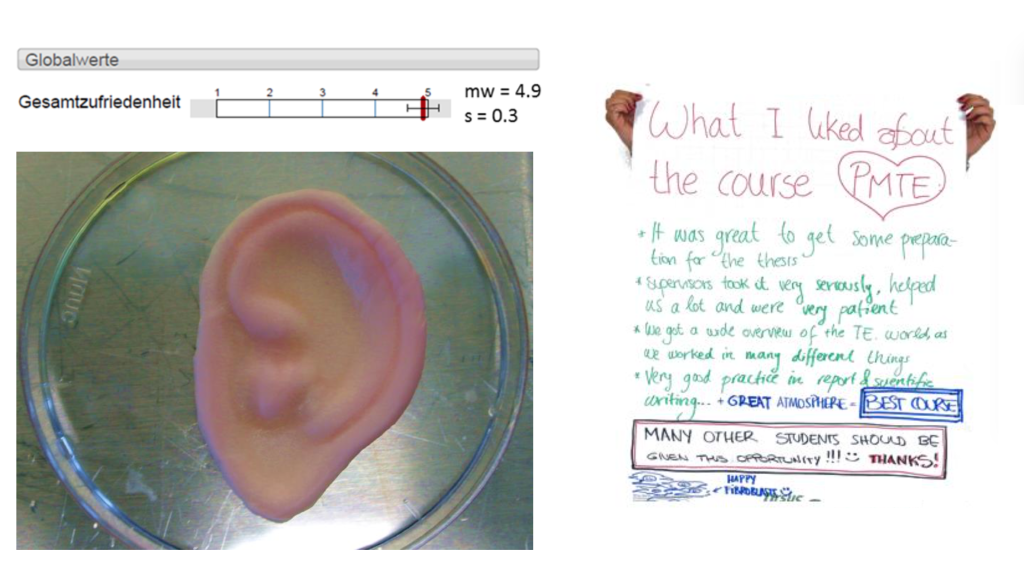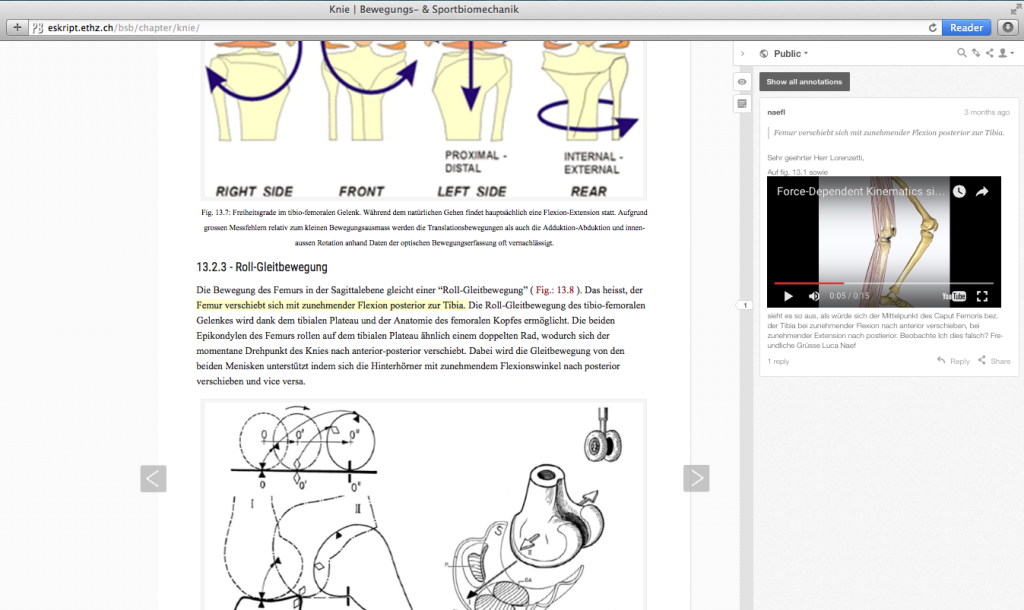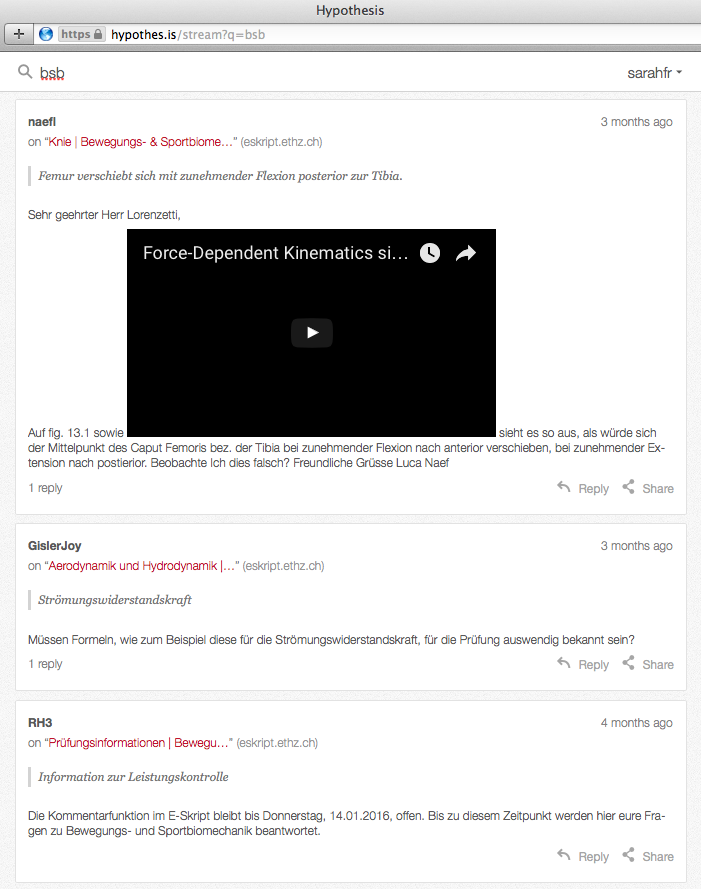…and how to get students to collaborate using annotations!
Since fall semester 2015/16 hypothes.is annotation offers the possibility of public, private and goup-private (introduced later) web annotations to the users of eSkript, our platform for Interactive Lecture material.
This is a follow up to last year’s blog post “eSkript & hypothes.is – Web annotation for our students“. There you can read some info on web annotation and the story on how I started to get interested in these usage numbers.
Web annotation is moving fast, not only at hypothes.is, who has added groups to their functionality and a wonderful dashboard, only to mention two of the many new features, but also, in February 2017, web annotation has become a W3C standard, a web standard! Wow!
So what about that new usage data at ETH Zürich?
(Sept 2015 – March 2016 – March 2017)
|
since 2015 |
2016-2017 |
2015-2016 |
| Days: |
279 |
149 |
130 |
| URLs: |
308 |
171 |
137 |
| Users: |
145 |
73 |
72 |
| Groups: |
17 |
11 |
6 |
| Annotations: |
4505 |
2517 |
1988 |
Compared to the first year, every data point has increased. Since 2015, annotations have been made on 279 separate days on 308 eSkript URLs. (Bewegungs- und Sportbiomechanik has 35 URLs.) 145 users were active and 17 groups have been created. (Roughly 1’000 students have been exposed to lecture material on eSkript so far.) 4505 annotations have been made!
Of these 4505 annotations:
| 342 |
7.60% |
are |
public. |
| 318 |
7.00% |
are |
in groups. |
| 3845 |
85.40% |
are |
private. |
Group annotations have gained momentum and now reach seven percent of all annotations from almost none. There are fewer public annotations (used to be 10%).
Of these 4505 annotations:
| 3696 |
82.05% |
are |
highlights. |
| 807 |
17.90% |
are |
text annotations. |
| 2 |
00.05% |
are |
page annotations without text. |
Of these 807 text annotations:
| 643 |
79.70% |
are |
original annotations. |
| 108 |
13.40% |
are |
replies. |
| 52 |
06.40% |
are |
page annotations. |
| 4 |
00.50% |
are |
PDF annotations. |
The good news here are the 13% of ‘replies’. This is where collaboration begins.
Over time it looks like this:
Replies (in yellow) were mostly given in August, July and in January, just before the exams, by assistants, I guess.
Before coming back to this, let’s now look at the count of annotations per lecture and exercise material:
Spring semester 2017 has barely begun, and unfortunately the lectures Solid State Physics and Chemistry of Materials I & II are not held this academic year. Philosophische Betrachtungen zur Physik II with 84 annotations (on just one URL) has also just started mid February 2017 and is doing very well, especially because only 43 students are registered in this course.
Of the 84 annotations, 11 are highlights and 73 are text annotations. Of these 73 text annotations:
| 43 |
58.90% |
are |
original annotations. |
| 29 |
39.75% |
are |
replies. |
| 1 |
01.35% |
are |
page annotations. |
Do you want to know the secret of how to get almost 40% of collaborative annotations? Use a scenario! Have a look at the eSkript scenarios, especially the one on ‘Working with Texts‘ (new PolyBook link).
PD Dr. Norman Sieroka, who pushed the use of hypothes.is and worked on the scenario for the lecture Philosophische Betrachtungen zur Physik II, gave us feedback after their planned use on one of Plato’s text:
Unsere Studierenden haben im Semesterfeedback sehr positiv auf die Verwendung von Eskript [und hypothes.is] reagiert/geantwortet — sowohl als “Disziplinierung” für sich selbst beim Lesen als auch (und vor allem) als Hilfsmittel, um eine Diskussion von Texten vorzubereiten und Themen zu spezifizieren. Und auch wir [die Dozierenden und Assistierenden] sind von der Qualität und Art der Kommentare positiv überrascht.
Translation (Eng): Our students have responded / reacted very positively to the use of eskript [and hypothes.is] in the semesterfeedback – both as a “discipline” for themselves in reading as well as (and above all) as an aid to prepare a discussion of texts and specify topics. And we [the lecturers and assistants] are also positively surprised by the quality and nature of the comments.
Next year, Dr. N. Sieroka and the lecture’s staff want to expand the use of hypothes.is annotation on other texts.
I want to thank everybody involved and especially congratulate the students who made quite an impression and showed how highly skilled they are! Bravo.

